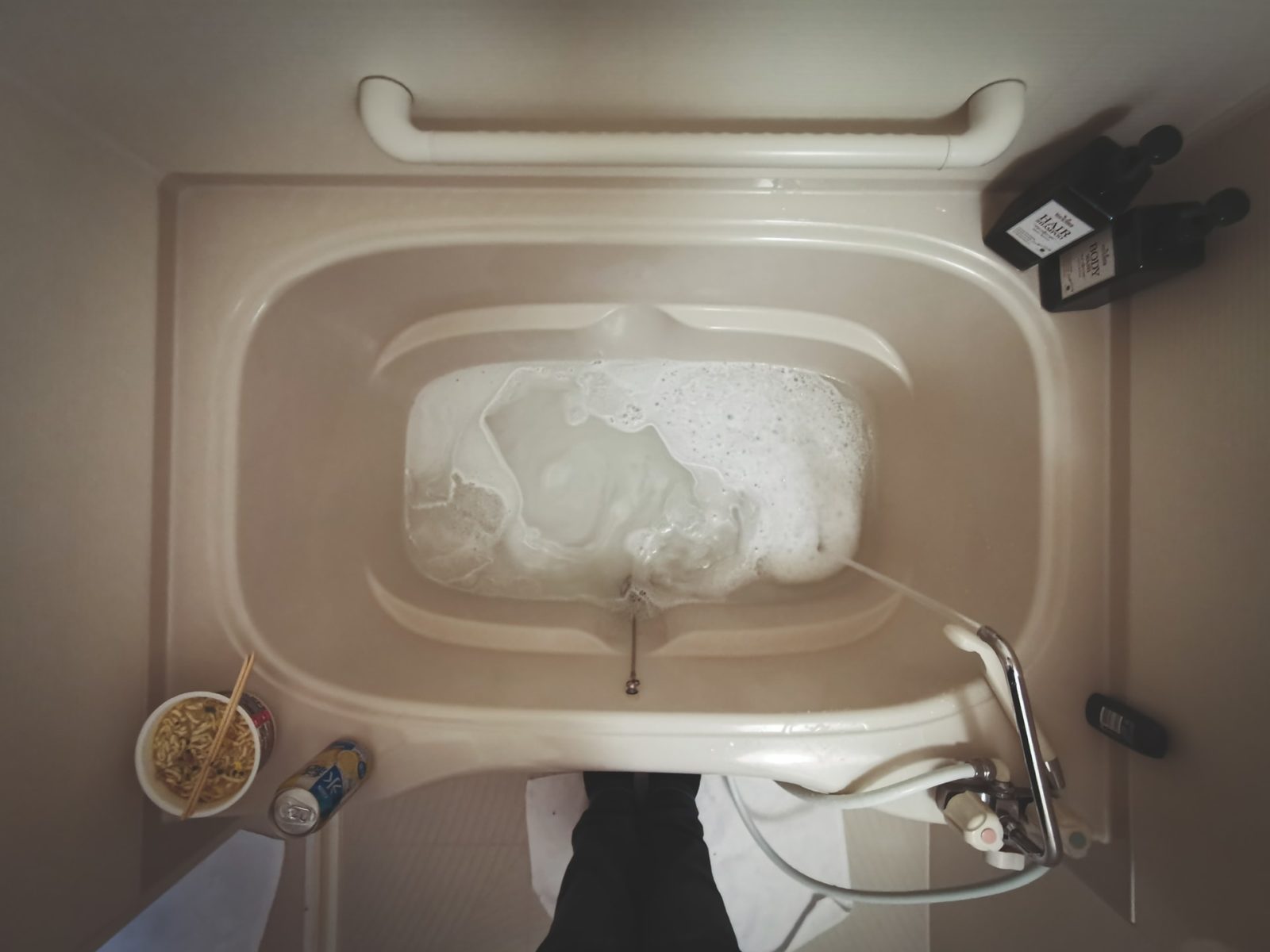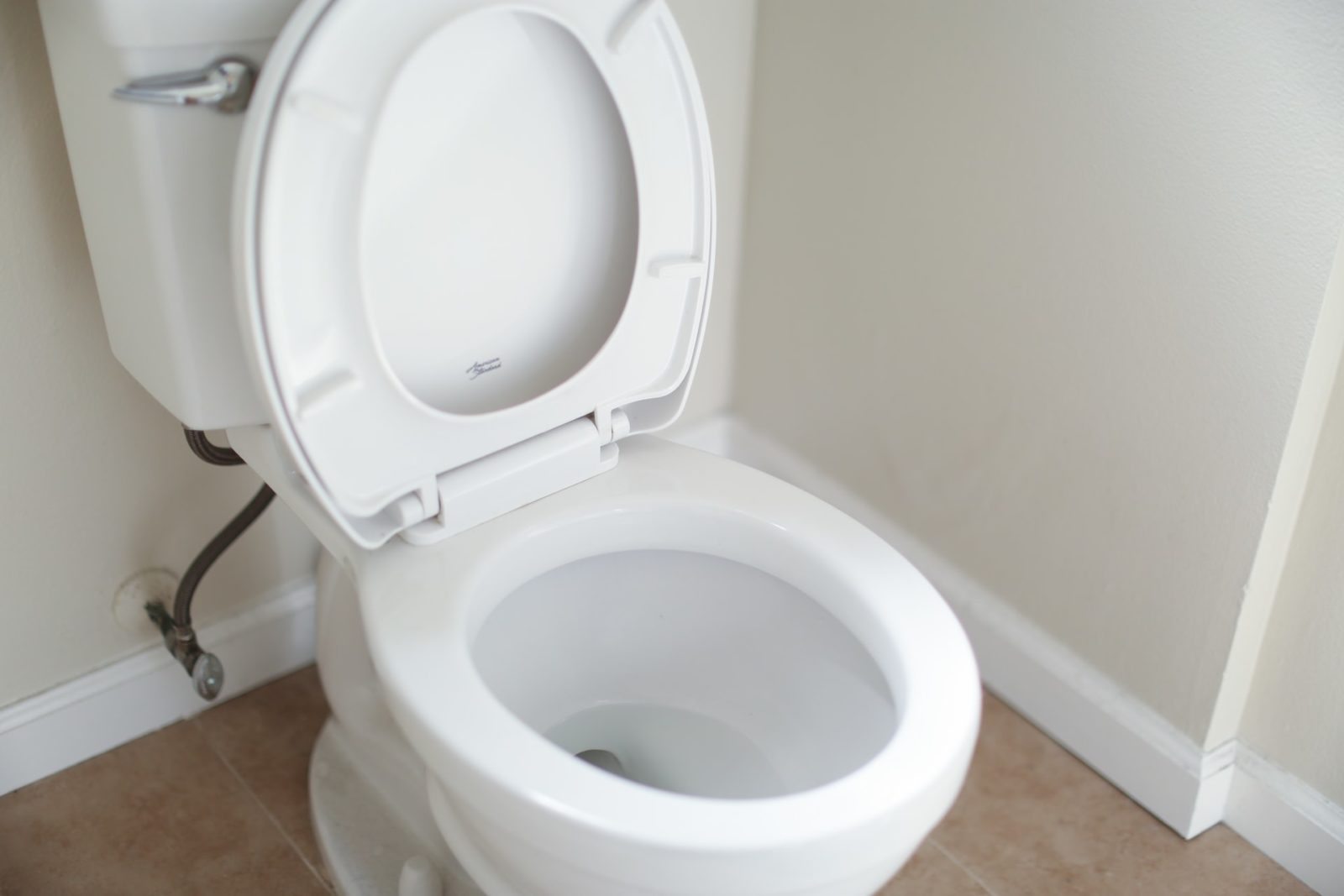In Part 1, we covered many of the things people flush by mistake. Take a look to make sure you’re not making the same common bathroom mistakes yourself. But, there’s a lot more to avoid than just putting the wrong things down your toilet drain. Next up, we have some things people do that can damage their pipes.
Using Chemical Drain Cleaners
Chemical drain cleaners are unfortunately common as a quick fix against slow drains. The problem is, they’re shown to have long-term affects on your drain pipes. The chemicals are strong enough that they eat away at the insides of the pipes.
Fixing a slow drain is as simple as removing whatever is blocking it. While that might be hard for a layman to do, it’s something plumbing professionals, like us at POM Plumbing, can do very easily. If it’s not an easy fix, it’s certainly not something that Drano can solve for you.
By using a snake, a drum auger (which is like an industrial snake), and possibly the help of a camera, we can pull out whatever is blocking your drain without damaging your pipes. This is not only better for your plumbing, but a more effective long-term solution as well.
Plunging Drains
Plungers are great for toilets. Toilets sometimes need a little help when we flush too much toilet paper or waste and it can’t get to the larger part of the pipes with water alone. In this case, using a plunger is helpful and harmless. It simply pushes the clog to the part of the pipes that can handle it and then breaks apart into the smaller parts it’s made of, which is usually all stuff that degrades quickly.
However, using plungers for a sink or tub drain can spell trouble. Why? Well, drains are usually only made to handle water. The pipes are typically a consistently small diameter until they reach a larger part of the sewage system, which is either in your basement or out under the street.
When these drains are clogged, it’s typically because of a buildup. This buildup can either be in one spot or, more commonly, lines the interior of the pipe until it became so narrow that it couldn’t keep up with the flow of water.
In the first case, using a plunger may be able to push the clog further down, but it is not likely to get it all the way out to the larger sewer system – especially if it’s got any gaps for pressure release. Therefore, you’re likely wasting your time and potentially doing harm to pipes from repeatedly pressurizing them.
In the second case, a plunger will do nothing to solve your problem. It will simply pressurize the small amount of space down the middle of the pipe. Repeatedly raising the pressure inside your pipes can lead to cracks or bursts, which can turn into flooding, water damage, and more.
Ignoring Problems
Past creating problems, the worst of common bathroom mistakes that someone can make is actually ignoring the problems. The longer you allow a problem to persist, the worse it will get and the more money, time, and energy you are likely to waste. Instead, call POM Plumbing and let our professionals come help you out. The faster we can come and take care of the problem, the faster you can get back to a higher quality of life.

